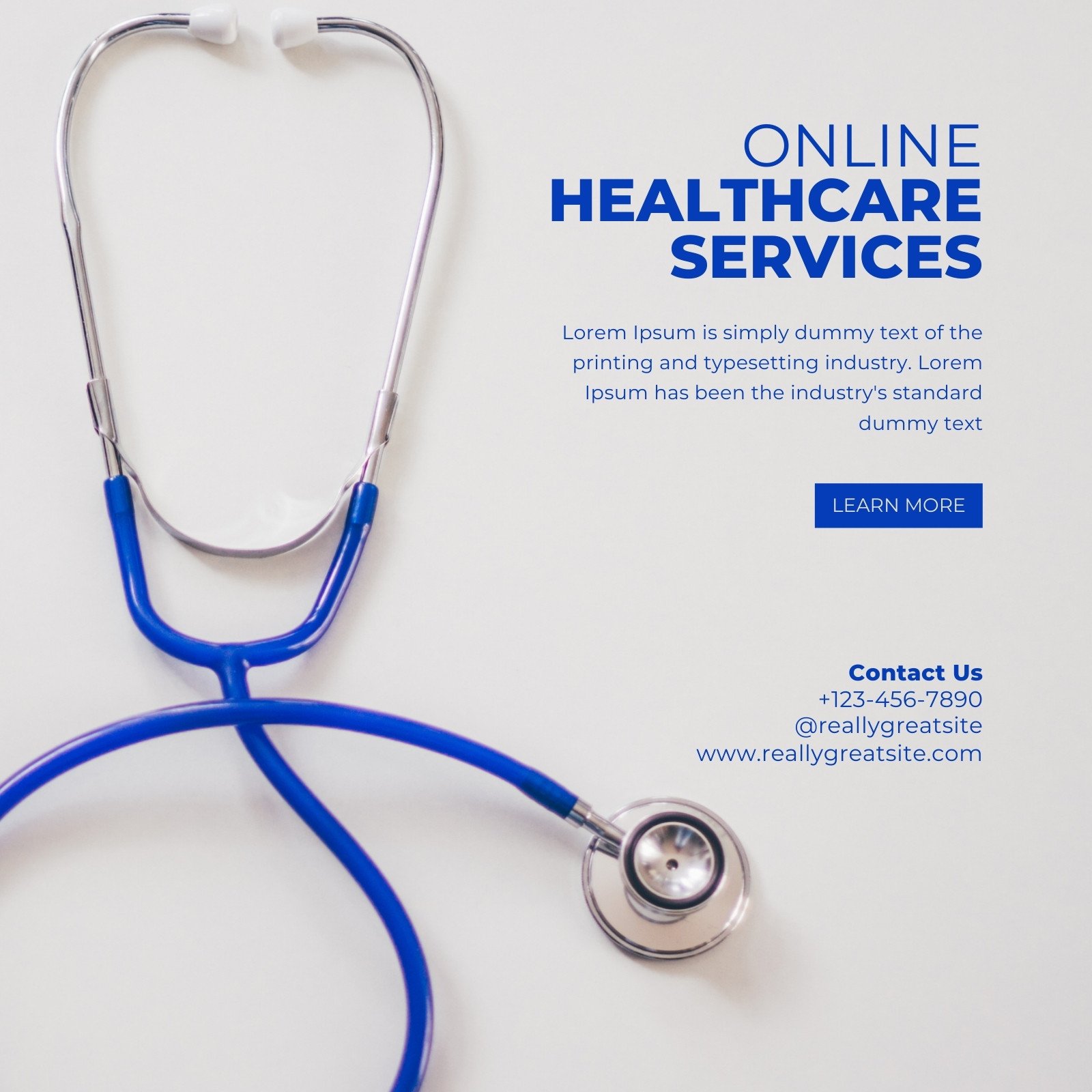Opening the Keys of Subscription Based Healthcare for Better Patient Outcomes
Opening the Keys of Subscription Based Healthcare for Better Patient Outcomes
Blog Article
Recognizing the Cost-Effectiveness of Subscription-Based Healthcare Versions
As the healthcare landscape progresses, subscription-based versions emerge as a compelling choice, promising to redefine exactly how people manage medical costs. Reviewing these models' cost-effectiveness requires a nuanced contrast with traditional insurance coverage, taking into consideration both financial implications and individual contentment. While they offer transparency and predictability in expenses, inquiries continue to be about their ability to satisfy diverse health care demands, specifically for specialized therapies. The viewpoints of doctor further complicate this equation, providing a complex obstacle. What does the future hold for these versions, and can they truly deliver on their promise of available, affordable treatment?
Overview of Subscription-Based Versions
Subscription-based medical care designs, in some cases referred to as straight health care or concierge medicine, are significantly getting interest as a potential solution to inadequacies within standard healthcare systems. These models operate the principle of offering patients straight access to doctor with a annual or monthly charge, bypassing the need for typical insurance coverage mechanisms. This setup aims to simplify patient-provider interactions by reducing management burdens, which usually impede tailored and timely treatment.
At the core of subscription-based models is the focus on a more individualized patient experience. Individuals gain from improved accessibility to their doctors, often including next-day or same-day appointments, prolonged consultation times, and direct interaction channels such as phone or video telephone calls. This model promotes an aggressive method to health care, where providers and clients can collaboratively concentrate on preventative treatment and chronic illness monitoring.

Price Comparison With Conventional Insurance Coverage
Among the key economic benefits of registration versions is openness in expenses. Individuals pay a foreseeable charge, which can streamline budgeting and monetary planning. Furthermore, these models usually get rid of co-pays and deductibles for covered services, reducing out-of-pocket spending. Conversely, typical insurance policy may be a lot more helpful for individuals requiring specialized care or pricey therapies not covered under a membership design, as they gain from the broader insurance coverage network and cost-sharing devices.
However, cost-effectiveness is context-dependent. While membership models may offer financial savings for those primarily requiring health care, people with chronic problems or specialized healthcare requirements might discover typical insurance coverage extra extensive. Examining certain health care needs and prospective usage is critical in establishing the most affordable choice for people.
Effect On Client Contentment
Person fulfillment within subscription-based healthcare versions usually mirrors a considerable enhancement over conventional insurance systems. Unlike traditional systems, where people could experience delays in receiving treatment, subscription-based designs guarantee even more prompt and straight interactions with medical care carriers.
Additionally, the transparency in prices connected with subscription-based healthcare alleviates the usual disappointments associated with unanticipated charges and complex invoicing processes seen in typical insurance coverage (subscription based healthcare). Patients value knowing the precise monetary dedication upfront, resulting in increased depend on and confidence in their health care management
Furthermore, imp source the focus on precautionary treatment and wellness in membership versions contributes to boosted health end results, further improving person fulfillment. By concentrating on ongoing health and wellness upkeep instead of anecdotal treatment, patients experience a more constant and all natural medical care journey.
Additionally, the boosted provider-patient partnership fostered in these designs, identified by even more time spent per client and individualized focus, plays an essential function in boosting person satisfaction levels, as individuals really feel truly looked after and understood.
Service Provider Point Of Views and Experiences
From the copyright's viewpoint, subscription-based healthcare models provide a transformative method to providing medical services. These designs highlight a preventative and positive health care method, enabling companies to focus on detailed individual treatment without the restraints of traditional fee-for-service arrangements (subscription based healthcare). This shift in emphasis often causes boosted person end results and boosted supplier fulfillment, as health care experts can assign more time and sources to individual interaction and customized care strategies
Additionally, membership models promote foreseeable profits streams, which enhance economic security for doctor. This predictability allows for boosted resource planning and appropriation, contributing to a more reliable health care delivery system. Carriers Click This Link can buy staff training, modern technology, and facilities enhancements, thereby improving the quality of treatment offered.
However, the transition to subscription-based designs is not without difficulties. Regardless of these difficulties, many companies find that the benefits of enhanced client communication and structured procedures exceed the preliminary obstacles, making subscription-based versions an eye-catching alternative.
Future Leads and Obstacles

A main challenge is governing compliance, as membership versions have to follow advancing health care policies and insurance policy needs. This requires continual adjustment and development to make certain positioning with legal criteria. Additionally, incorporating these designs right into existing health care infrastructures can be intricate, requiring substantial investments in modern technology and training.
There is likewise the possible danger of developing inequities in medical care access, as registration models may favor those who can manage them, leaving susceptible populaces underserved. Addressing this needs thoughtful factor to consider of pricing approaches and subsidy systems to make certain inclusivity.
Final Thought
Subscription-based medical care models provide a viable option to typical insurance by using economic predictability and transparency, especially profiting people with chronic conditions or regular medical care needs. The cost-effectiveness of these models is contingent upon specific medical care usage patterns and situations. While they might boost patient complete satisfaction and simplify Visit Your URL budgeting, obstacles remain in dealing with specialized treatment requirements. Future factors to consider consist of stabilizing comprehensive coverage with cost and incorporating these designs within the more comprehensive medical care system for optimum outcomes.
Subscription-based health care designs, in some cases referred to as direct primary care or concierge medicine, are increasingly gaining interest as a prospective service to inefficiencies within traditional healthcare systems. Unlike traditional systems, where patients could experience hold-ups in obtaining care, subscription-based models make sure more direct and prompt interactions with medical care providers.
These versions highlight a preventative and proactive medical care method, allowing providers to concentrate on extensive patient treatment without the restrictions of traditional fee-for-service plans. As these models proceed to acquire grip, they provide the potential to reinvent client accessibility to care, improve solution shipment, and maximize health care spending.Subscription-based health care models provide a viable choice to traditional insurance policy by providing economic predictability and transparency, especially profiting individuals with persistent conditions or regular medical care needs.
Report this page